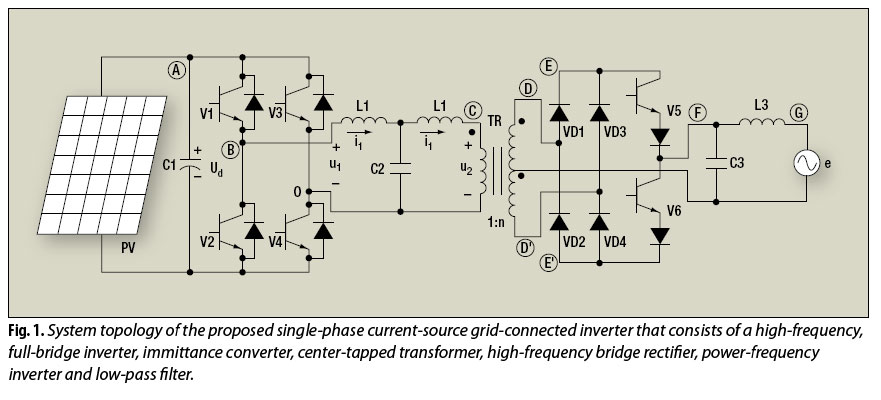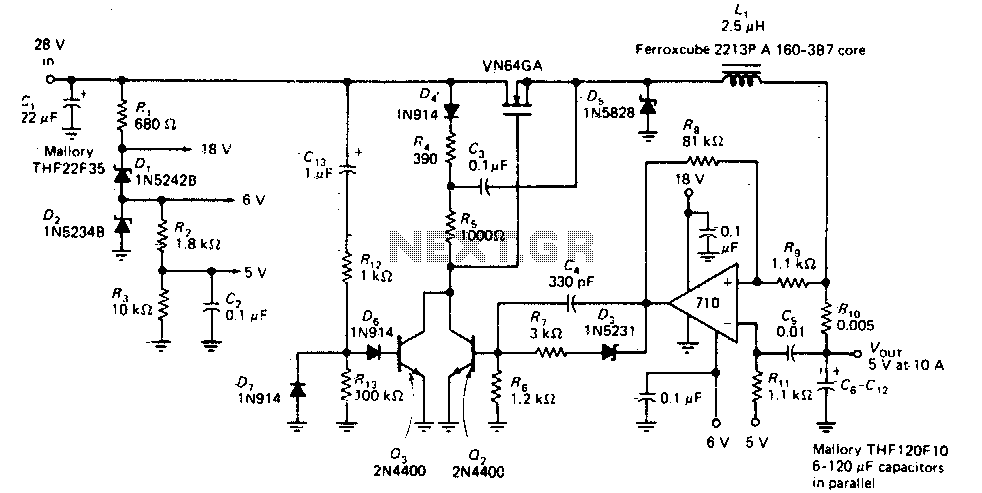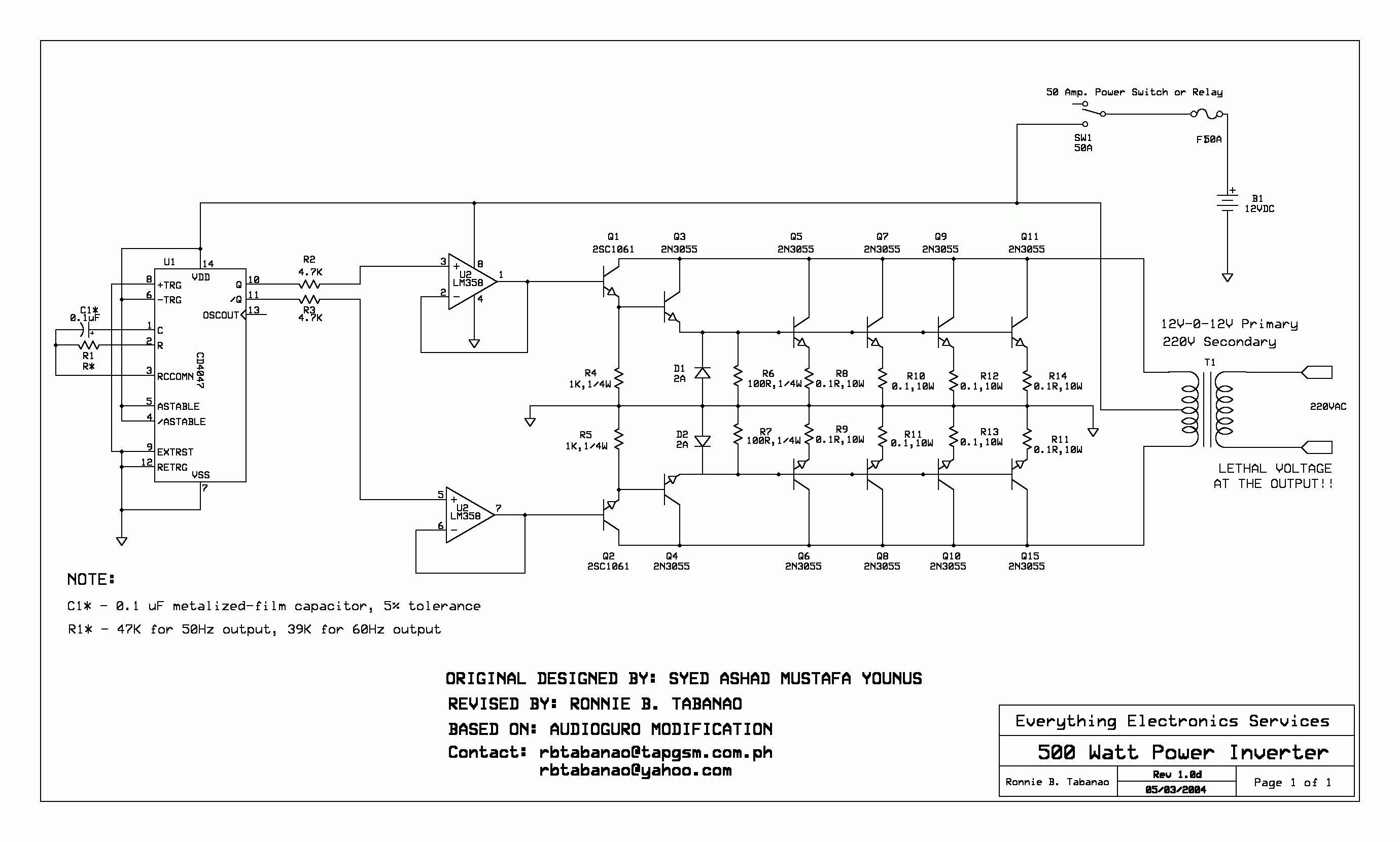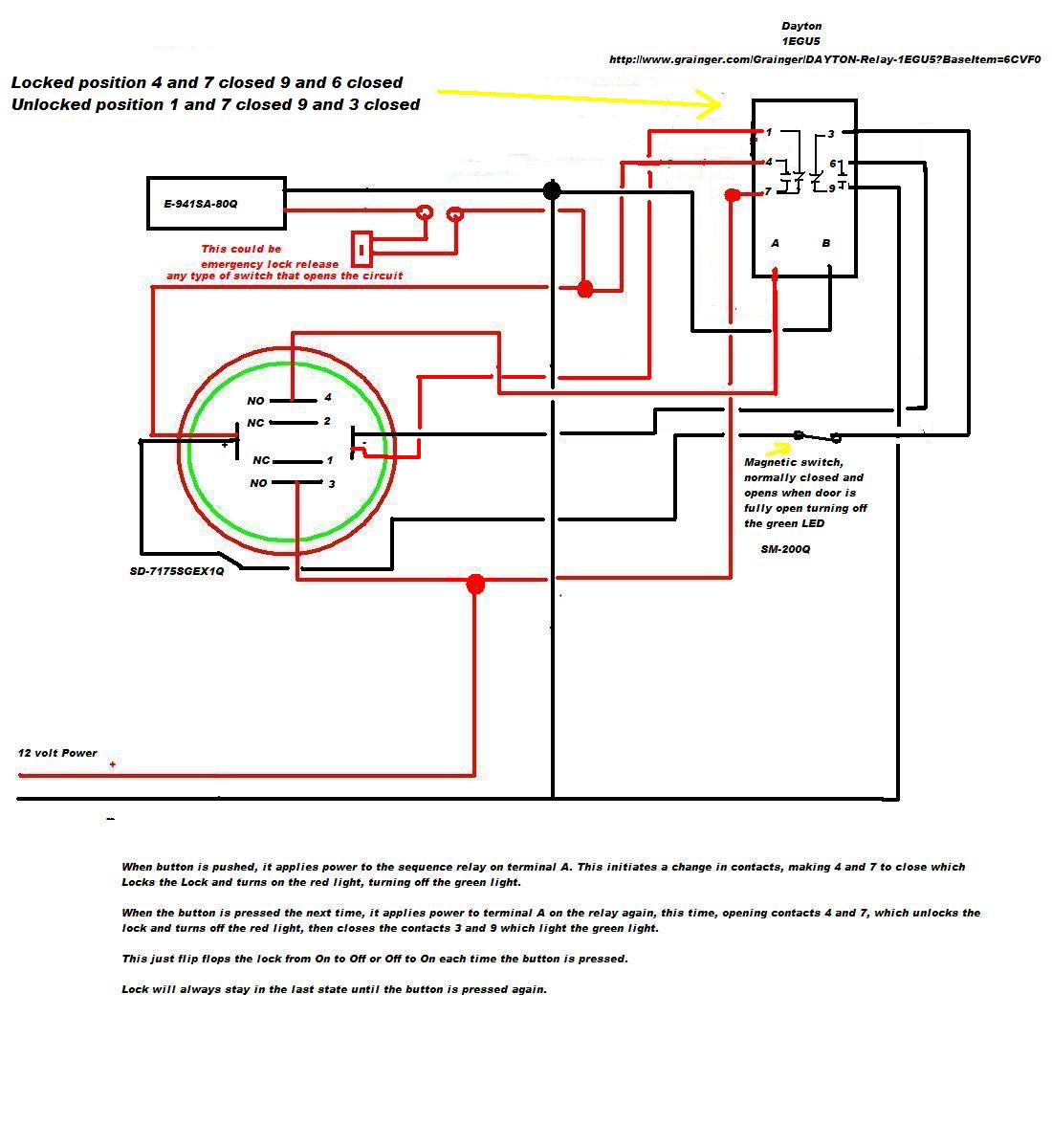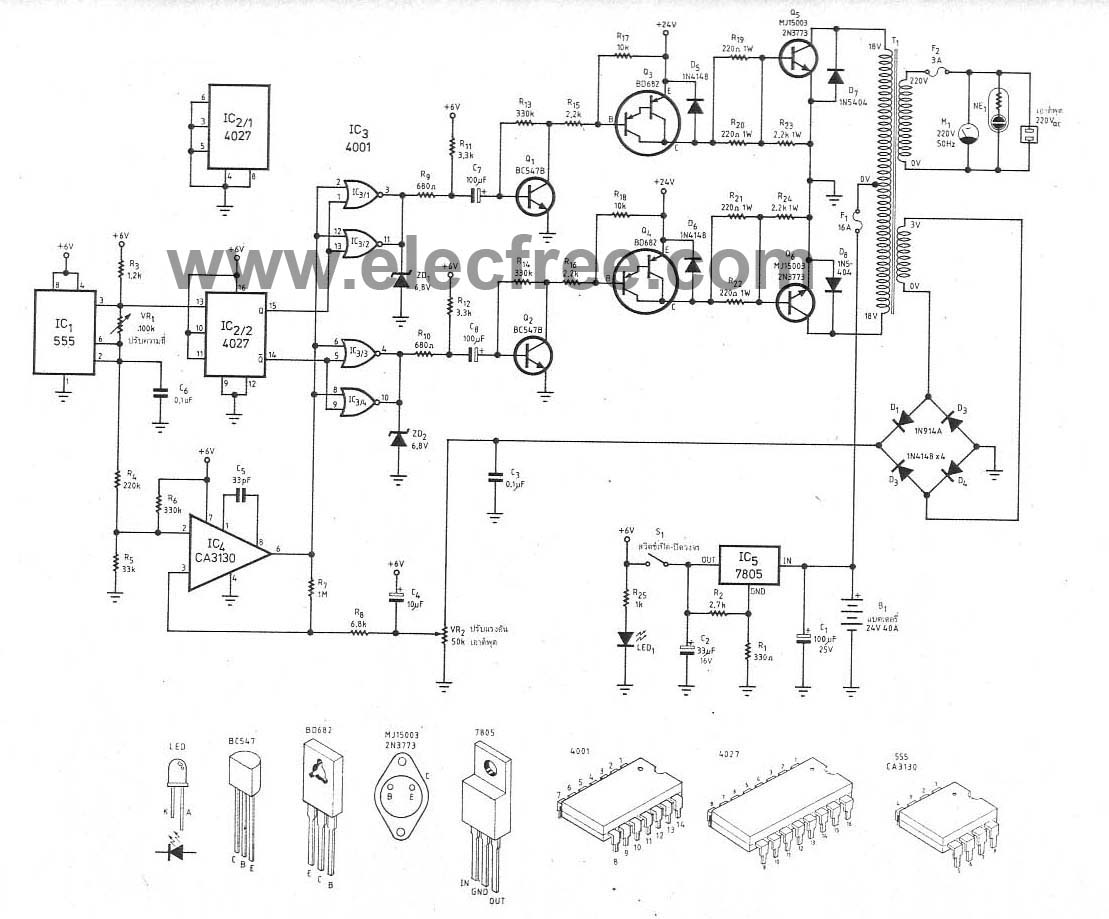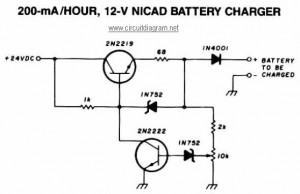
Switching inverter for 12v systems
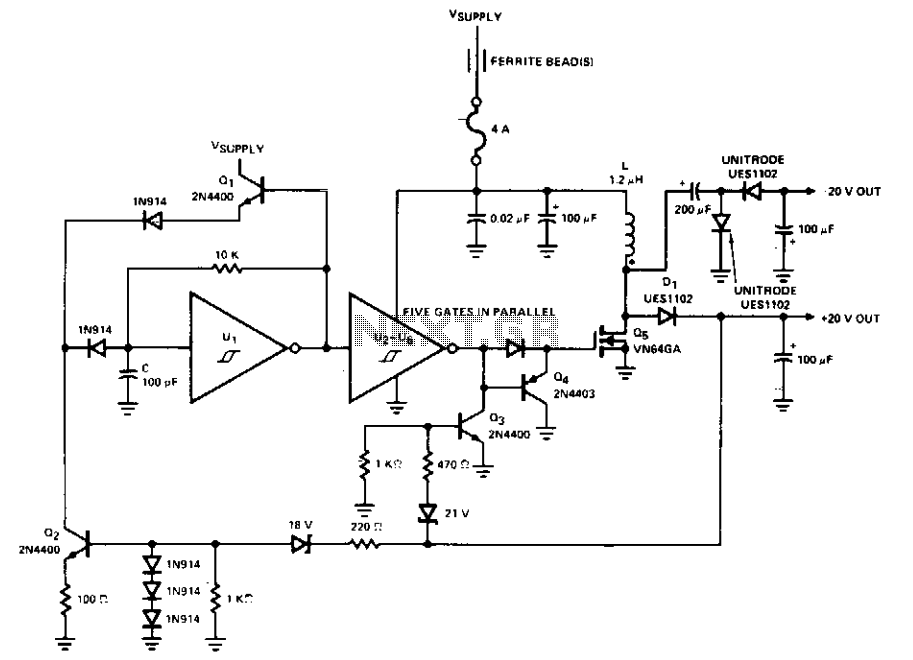
This PWM control circuit generates control pulses for the DMOS power switch in the flyback circuit. The PWM output produces a pulse width that is proportional to the input control voltage, with the repetition rate governed by an external clock signal. To ensure stable control input to the PWM and to prevent fluctuations in output voltage due to load variations, an error amplifier and reference voltage are included in the design. These components function as a feedback loop in this control circuit, similar to a servo control system.
The PWM control circuit is a critical component in managing the operation of the DMOS power switch within a flyback converter. The circuit utilizes a pulse-width modulation technique to regulate the power delivered to the load. The width of the PWM output pulse is directly influenced by the input control voltage, allowing for precise control over the energy transferred to the output.
The external clock signal is essential for defining the frequency of the PWM operation, which in turn dictates how often the DMOS switch is turned on and off. The frequency selection is crucial for optimizing the performance of the flyback converter, as it affects both the efficiency and the response time of the circuit.
The inclusion of an error amplifier is vital for maintaining the desired output voltage level. This component continuously monitors the output voltage and compares it to a predetermined reference voltage. Any discrepancy between the two values generates an error signal, which is then fed back to the PWM controller. This feedback mechanism ensures that the output voltage remains stable even as the load conditions change, effectively compensating for variations in load demand.
The reference voltage serves as a benchmark for the error amplifier, determining the target output voltage for the circuit. By adjusting the control voltage based on the feedback from the error amplifier, the circuit can dynamically respond to changes in load, maintaining performance and preventing issues such as voltage spikes or drops.
In summary, this PWM control circuit exemplifies a robust design that integrates control, feedback, and stability mechanisms to efficiently manage the operation of a DMOS power switch in a flyback converter application. The synergy between the PWM output, error amplifier, and reference voltage forms a comprehensive control system akin to that found in servo mechanisms, ensuring reliable and effective power management.This PWM control circuit provides the control pulse to the DMOS Power Switch in the flyback circuit. The output of the PWM is a pulse whose width is proportional to the input control voltage and whose repetition rate is determined by an external clock signal. To provide the control input to the PWM and to prevent the output voltage from soaring or sagging as the load changes the error amplifier and reference voltage complete the design.
They act as the feedback loop in this control circuit much like that of a servo control system.
The PWM control circuit is a critical component in managing the operation of the DMOS power switch within a flyback converter. The circuit utilizes a pulse-width modulation technique to regulate the power delivered to the load. The width of the PWM output pulse is directly influenced by the input control voltage, allowing for precise control over the energy transferred to the output.
The external clock signal is essential for defining the frequency of the PWM operation, which in turn dictates how often the DMOS switch is turned on and off. The frequency selection is crucial for optimizing the performance of the flyback converter, as it affects both the efficiency and the response time of the circuit.
The inclusion of an error amplifier is vital for maintaining the desired output voltage level. This component continuously monitors the output voltage and compares it to a predetermined reference voltage. Any discrepancy between the two values generates an error signal, which is then fed back to the PWM controller. This feedback mechanism ensures that the output voltage remains stable even as the load conditions change, effectively compensating for variations in load demand.
The reference voltage serves as a benchmark for the error amplifier, determining the target output voltage for the circuit. By adjusting the control voltage based on the feedback from the error amplifier, the circuit can dynamically respond to changes in load, maintaining performance and preventing issues such as voltage spikes or drops.
In summary, this PWM control circuit exemplifies a robust design that integrates control, feedback, and stability mechanisms to efficiently manage the operation of a DMOS power switch in a flyback converter application. The synergy between the PWM output, error amplifier, and reference voltage forms a comprehensive control system akin to that found in servo mechanisms, ensuring reliable and effective power management.This PWM control circuit provides the control pulse to the DMOS Power Switch in the flyback circuit. The output of the PWM is a pulse whose width is proportional to the input control voltage and whose repetition rate is determined by an external clock signal. To provide the control input to the PWM and to prevent the output voltage from soaring or sagging as the load changes the error amplifier and reference voltage complete the design.
They act as the feedback loop in this control circuit much like that of a servo control system.
